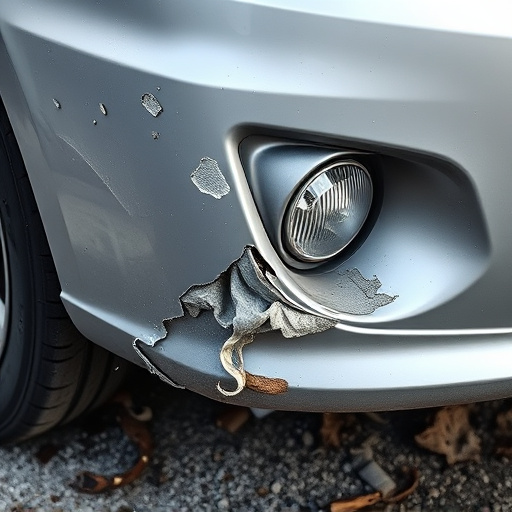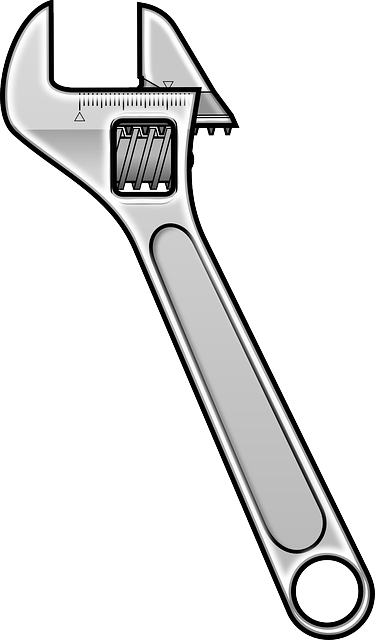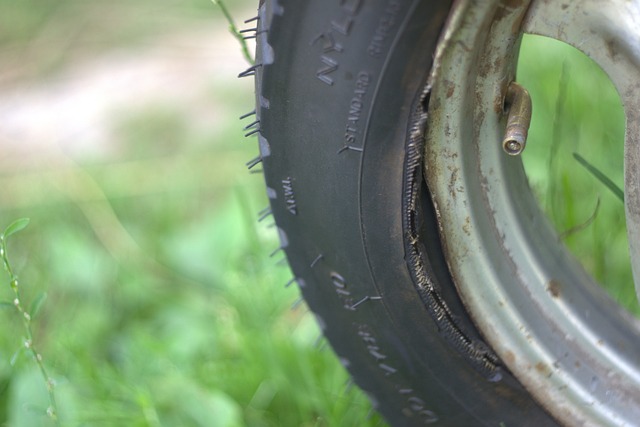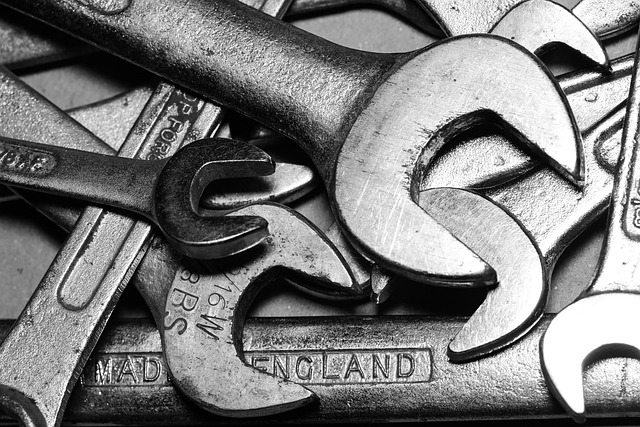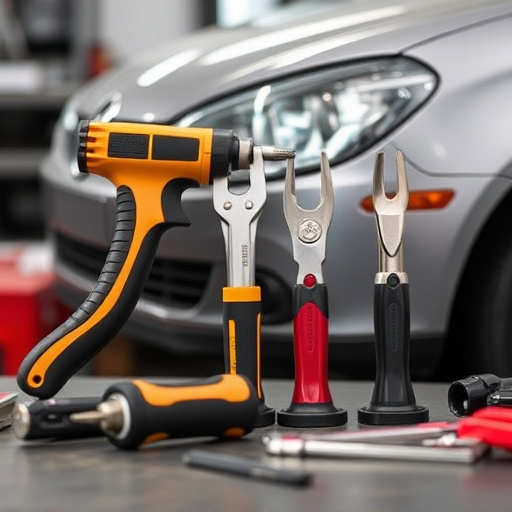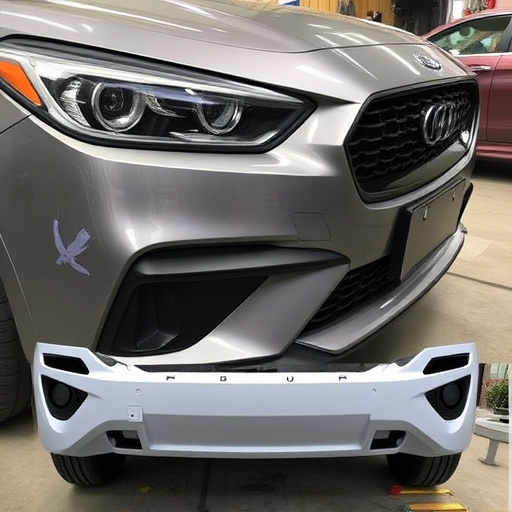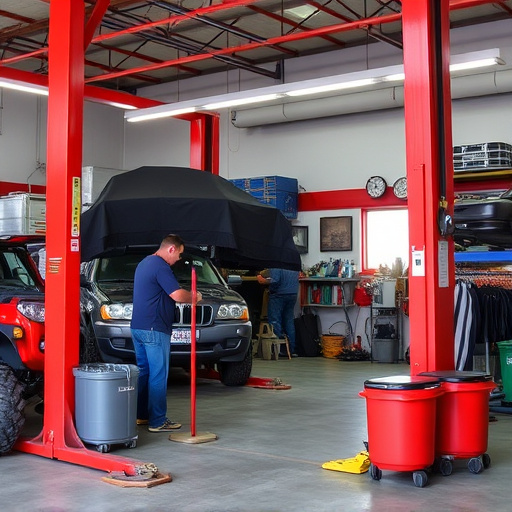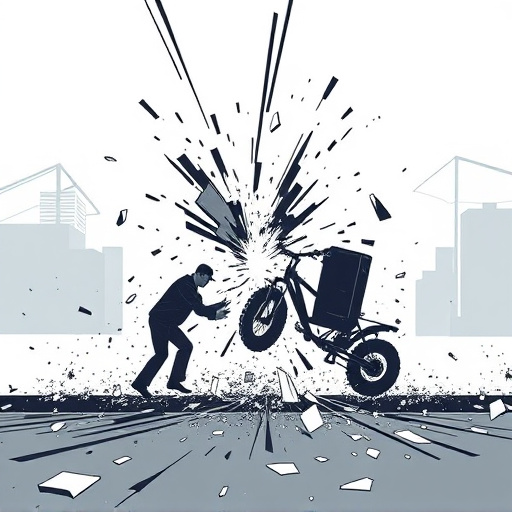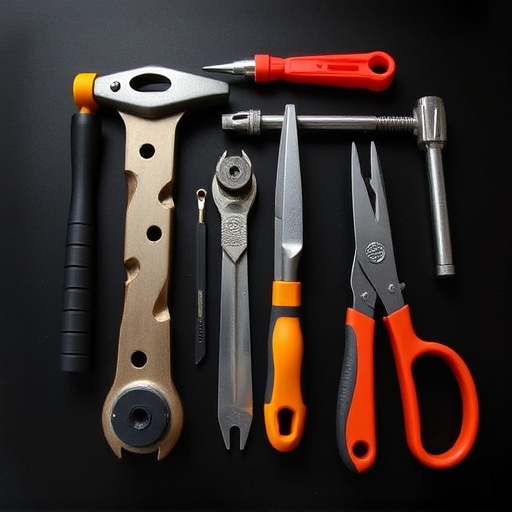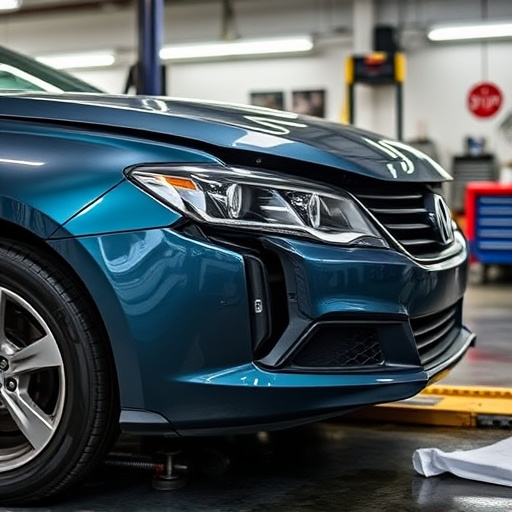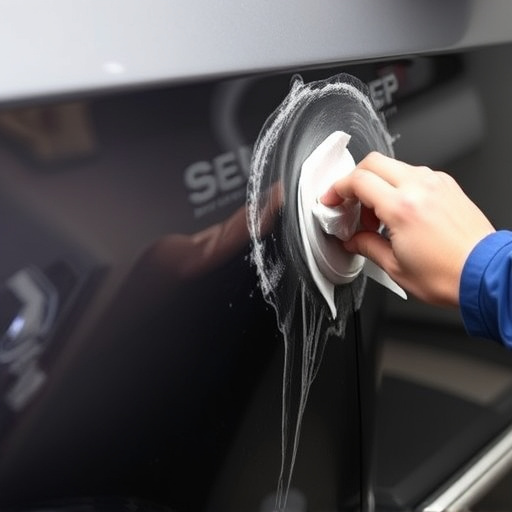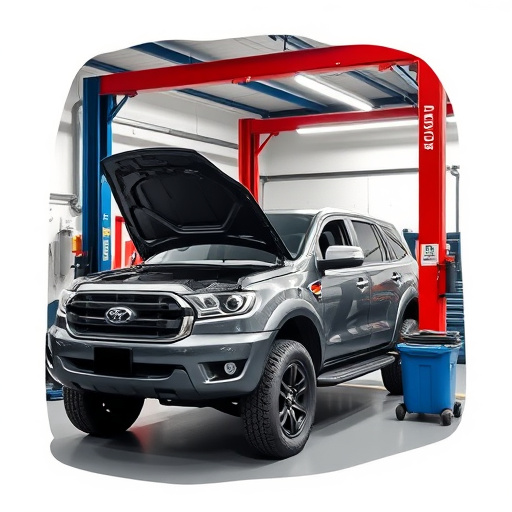Prospective frame repair technicians should align their training with industry standards, focusing on theoretical learning and hands-on skills in damage assessment, stabilization, structural correction, welding, and paint repair. Programs vary in duration from 4-6 months to up to 2 years, catering to beginners and experienced individuals. Optimizing learning paths through flexible options, including online modules, workshops, and hands-on training, ensures a tailored study plan leading to certification while practical experience reinforces understanding of frame repair principles and industry standards.
Looking to kickstart a career in automotive frame repair? Understanding the training time required for frame repair certification programs is essential. This comprehensive guide delves into the varying levels of commitment needed, offering insights on estimated time investments and strategies to optimize your learning path. From foundational courses to advanced techniques, discover how to efficiently navigate the journey towards becoming a certified frame repair specialist.
- Understanding Frame Repair Certification Requirements
- Estimated Time Investment for Each Program Level
- Optimizing Your Learning Path for Efficient Certification
Understanding Frame Repair Certification Requirements

Before diving into a frame repair certification program, it’s crucial to understand the specific requirements laid out by industry governing bodies and potential employers. Each region may have its own set of standards, but common elements often include a combination of theoretical knowledge and practical skills training. Aspiring frame repair technicians must demonstrate proficiency in assessing vehicle damage, safely handling and stabilizing vehicles, and accurately measuring and correcting structural discrepancies.
This involves mastering techniques like welding, straightening, and patching, as well as understanding the intricacies of car paint repair processes. Many certification programs also emphasize safety protocols and adherence to environmental regulations, reflecting the importance of these aspects in a collision repair center setting. Successfully meeting these requirements paves the way for individuals to enter the field equipped with the skills needed to excel in vehicle repair.
Estimated Time Investment for Each Program Level

The estimated time investment for each frame repair certification program varies based on its level and curriculum. Entry-level programs designed to teach the fundamentals of frame repair can be completed in as little as 4-6 months, combining classroom instruction with hands-on training. These shorter courses are ideal for individuals new to the industry or those looking to transition into automotive repair services.
For intermediate and advanced levels, the commitment required increases significantly. Courses focusing on specialized techniques like complex panel replacement, unibody alignment, and computer-aided design (CAD) software usage can take anywhere from 6 months to 2 years to complete. These programs often include internships or apprenticeships in body shop services, providing students with real-world experience alongside their theoretical learning. Such extensive training ensures that graduates are equipped with the skills needed to tackle challenging dent repairs and intricate frame adjustments in professional settings.
Optimizing Your Learning Path for Efficient Certification

Optimizing your learning path is a strategic move to efficiently achieve your frame repair certification. By understanding your current knowledge level and setting clear goals, you can tailor your study plan accordingly. Many reputable programs offer flexible learning options, allowing you to learn at your own pace. This might include online modules, interactive workshops, or hands-on training sessions focused on various aspects of frame repair, including panel replacement, alignment techniques, and structural integrity assessment.
Efficient certification means not only completing the necessary coursework but also gaining practical experience in a controlled environment. Practicing common auto body repairs like fender benders or vehicle collision repair will reinforce your understanding of frame repair principles. Remember, the right learning path should balance theoretical knowledge with real-world applications to ensure you’re well-prepared for industry standards and regulations related to frame repair certification.
Obtaining a frame repair certification is an investment in both time and dedication, but the benefits are significant. By understanding the requirements and optimizing your learning path, you can efficiently navigate the process. Each program level demands varying amounts of time, from several weeks to several months, depending on your current knowledge and chosen pace. Remember, a well-planned learning journey can make the difference between a successful certification and a prolonged struggle. With the right approach, you can become a skilled frame repair technician in no time, opening doors to new career opportunities.
